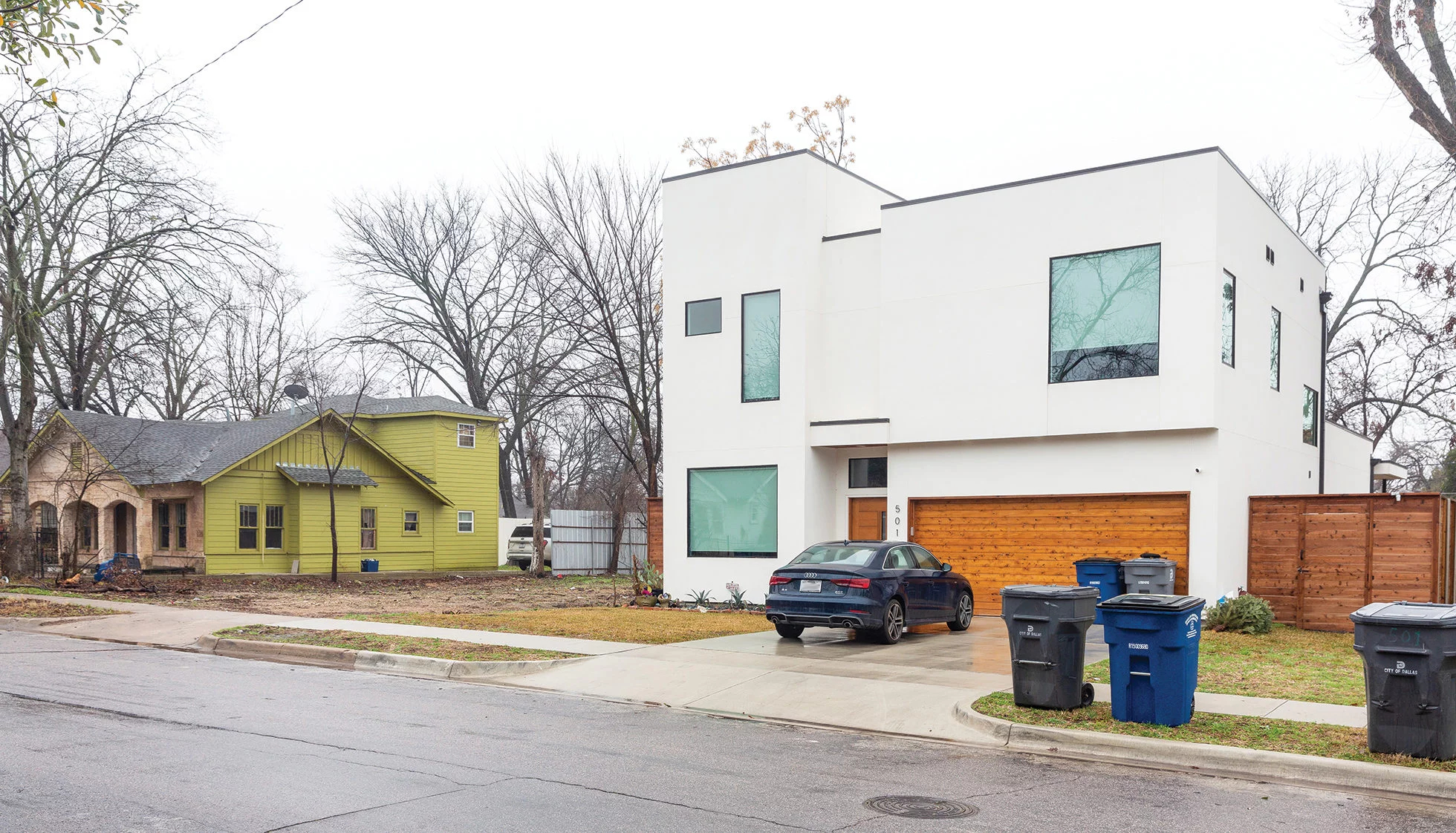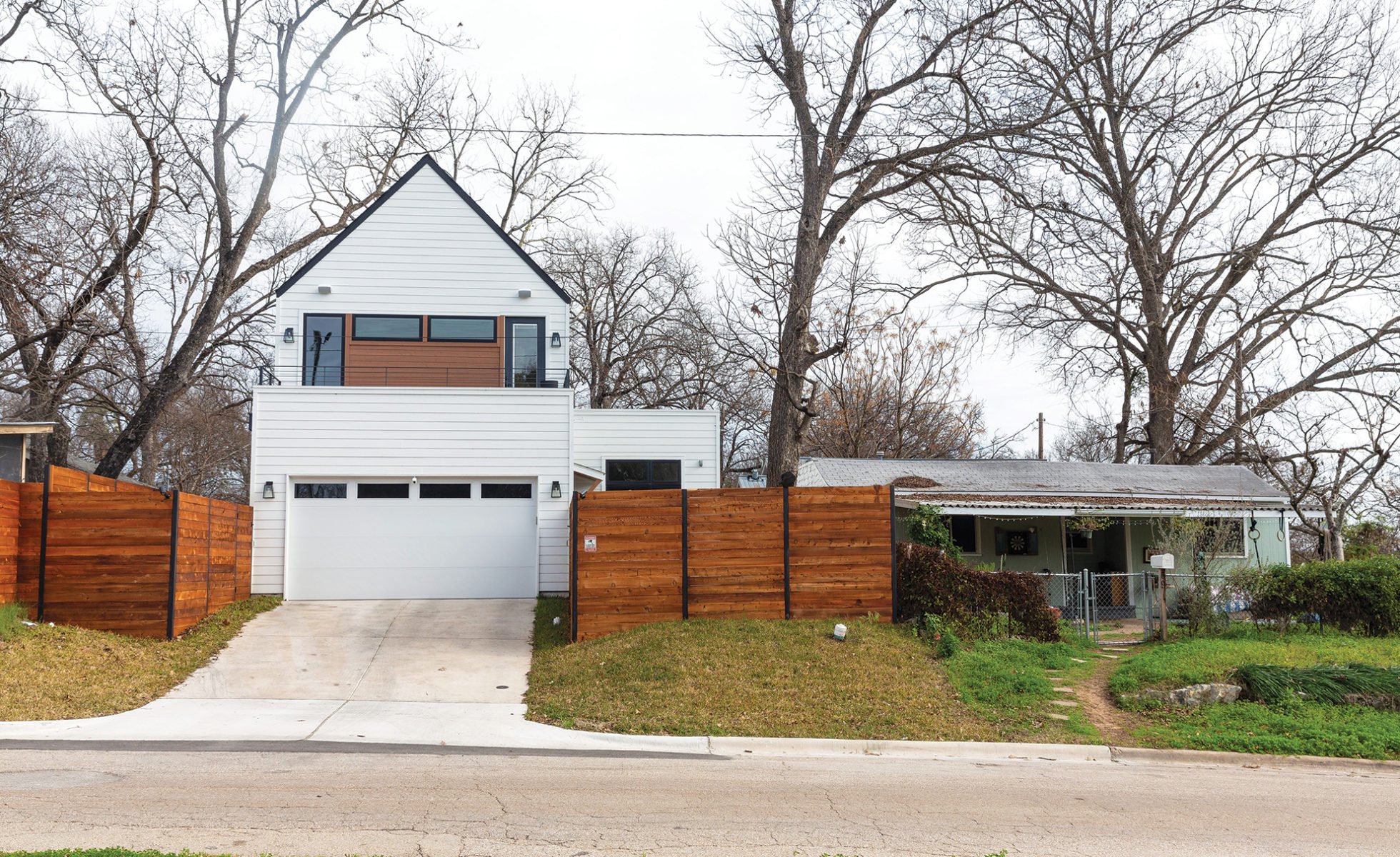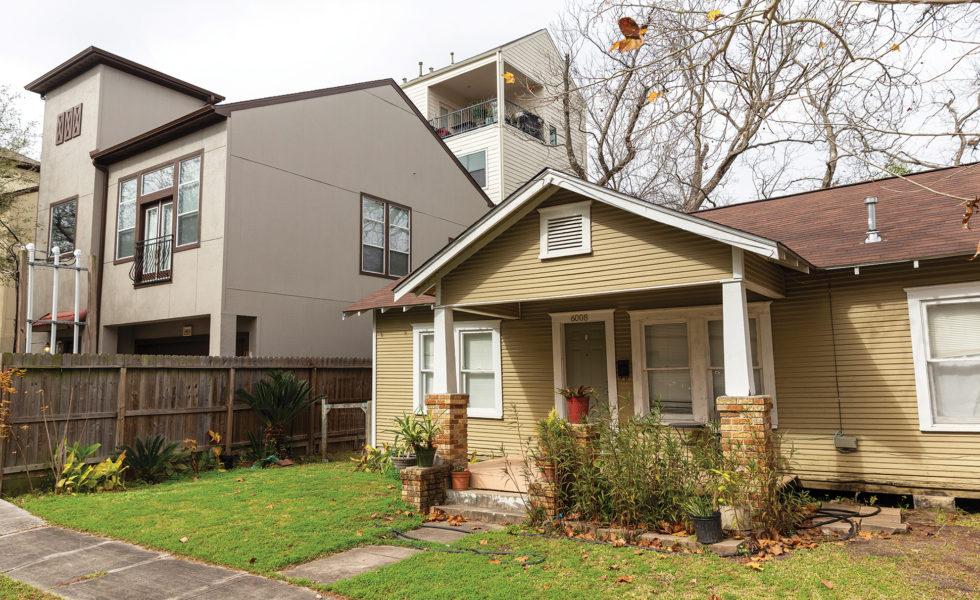This is a sensitive issue particularly because race is a predominantly determining factor such as in the Como neighborhood. The Como neighborhood consists predominantly of black residents living in old homes. Many are of low-income. Those grand modern apartments being built along the west side of Horne Street just north of Vickery Boulevard, are they to be occupied by existing Como residents or people from elsewhere who are not of the same race or ethnicity? I would have to go back and read about whether or not this particular project is HUD subsidized for affordability by low-income people, but I presume it is. So one would expect Como residents who so desire will leave their old homes and occupy these new multi-family dwellings. Certainly some will be displaced by further development of such housing. I don't know if the Como neighborhood renewal is gentrification or what was called "urban renewal." Is there a difference in these concepts?
An added thought from those 1960s-era publicly financed urban renewal projects in Chicago, New York, etc. The public projects were intended to be occupied by low-income people who happened to be black or Latino. And, because this group was also ill-educated, of a lower class, and used to living in substandard housing, the result was occupancy by tenants who may have shared some of the blame for the slow structural deterioration of these public projects (not to mention a rise in crime in these areas). Will this happen to the above-described modern multi-family dwellings in the Como neighborhood? I've thought about these issues for many years.
When asked if gentrification by race is different from gentrification by class, D.W. Gibson, the author referenced in the article linked in Post# 3 above, replied in part:
I think at the end of the day they are inextricable. There are a lot of class issues at the heart of capital coming to the neighborhood and displacement and all of these factors that are a part of what we loosely call gentrification. But at the end of the day, we can’t operate in a bubble in 2015. We have to acknowledge all the historic context, all the different forms of discrimination, particularly red-lining, these sorts of practices, that have made the class issue a race issue. At its heart it’s a class issue, but in the States, through our history, we’ve made it a race issue. It very much is a race issue.



















